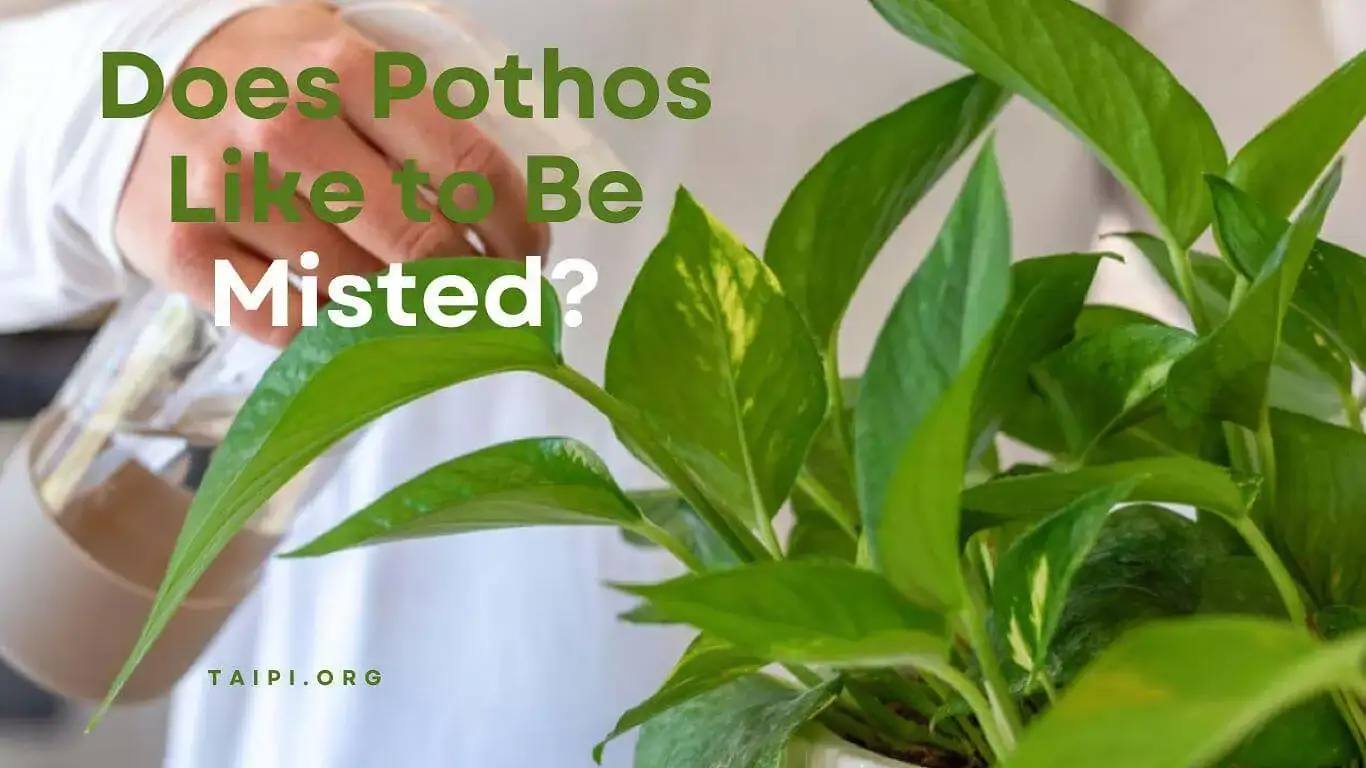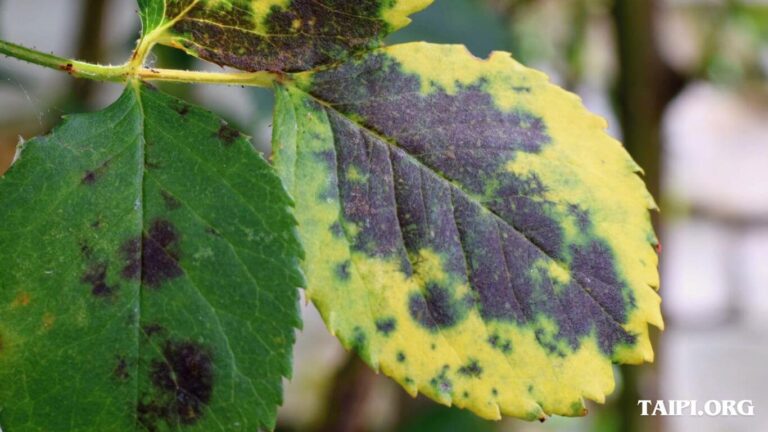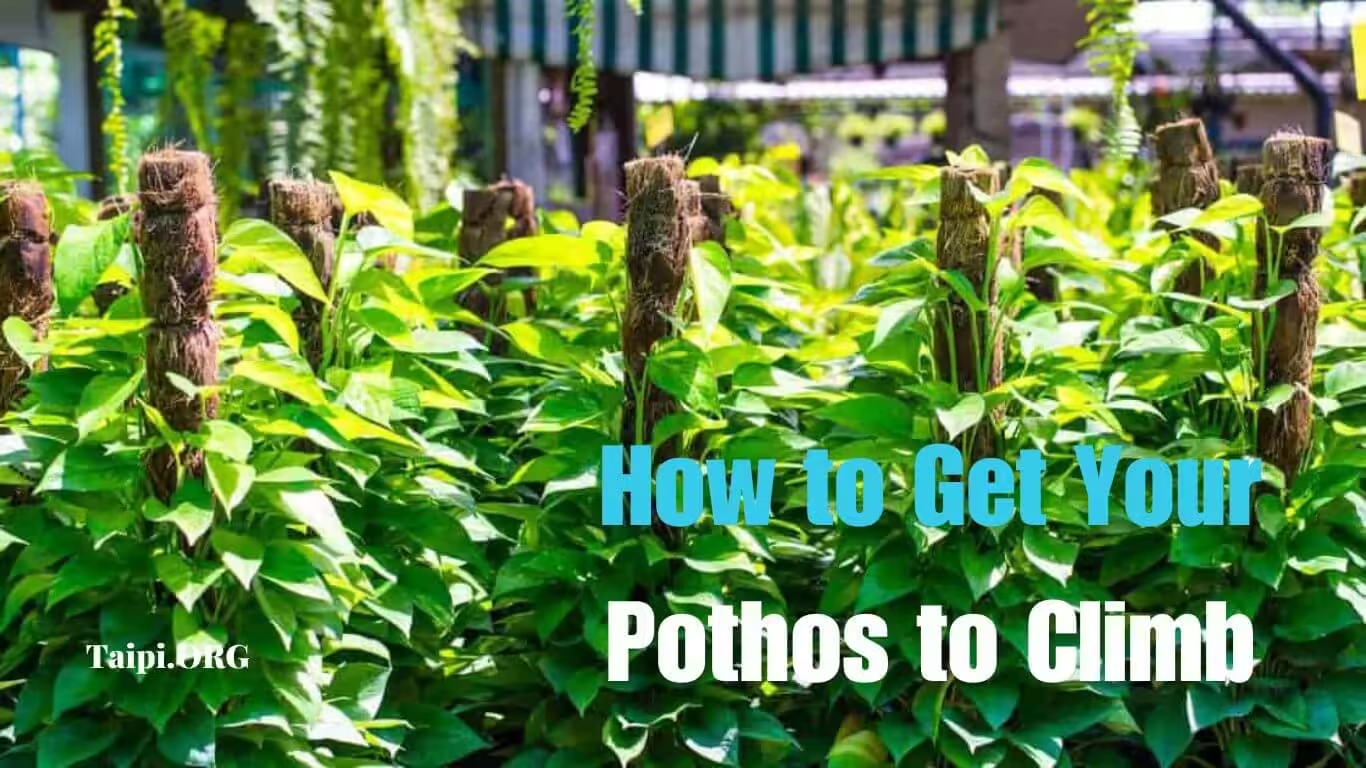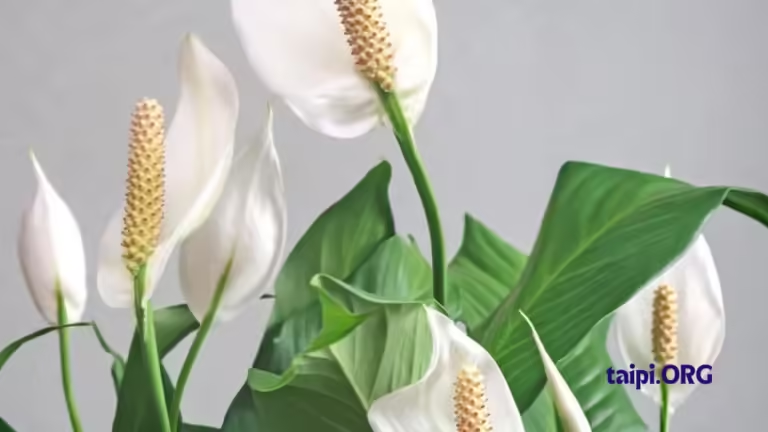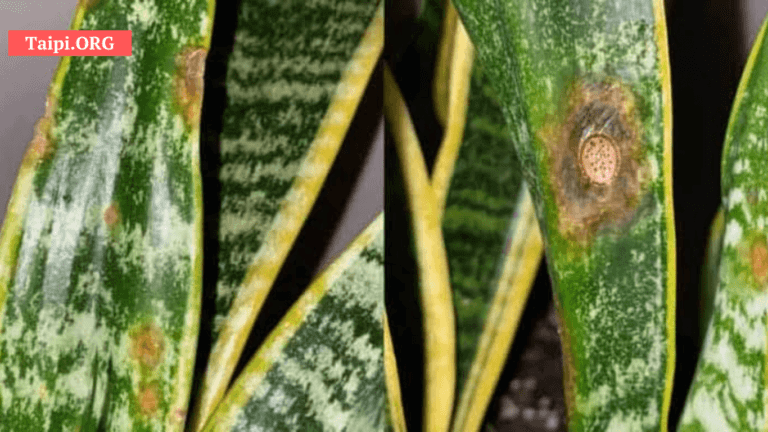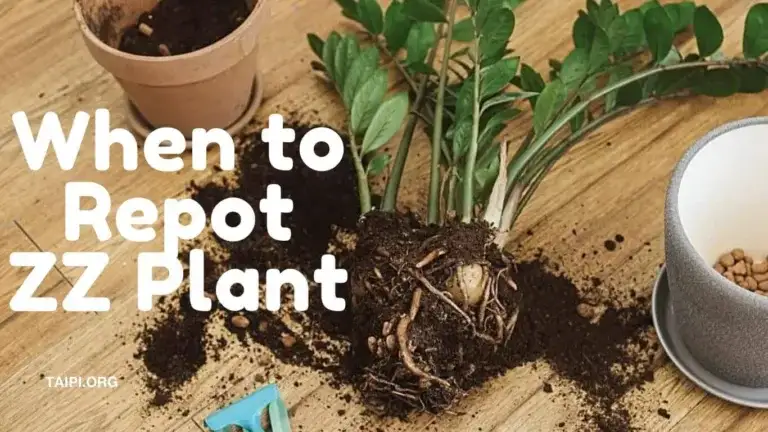Does Pothos Like to Be Misted?
BY now, there is no doubt that you know a lot about the Pothos plant. This popular and easy-to-care-for houseplant is common in many homes across the world. But you may still ask, does pothos like to be misted?
While misting can increase humidity temporarily around the plant, pothos does not like to be misted. Excessive misting can lead to problems such as fungal diseases or rot if the leaves remain too wet for too long.
Instead of misting, you can provide humidity for your pothos by placing a tray of water filled with pebbles beneath the plant’s pot.
As the water evaporates, it increases the humidity around the plant naturally.
Additionally, grouping your plants closely together can create a microclimate with higher humidity levels.
What is Misting?
Misting is a gardening and plant care practice that involves spraying water onto the foliage of plants using a spray bottle, mister, or a similar device.
The purpose of misting is primarily to increase the humidity levels around the plants, especially for those that require higher humidity than what is typically found in indoor environments.
4 Possible Benefits of Misting Pothos
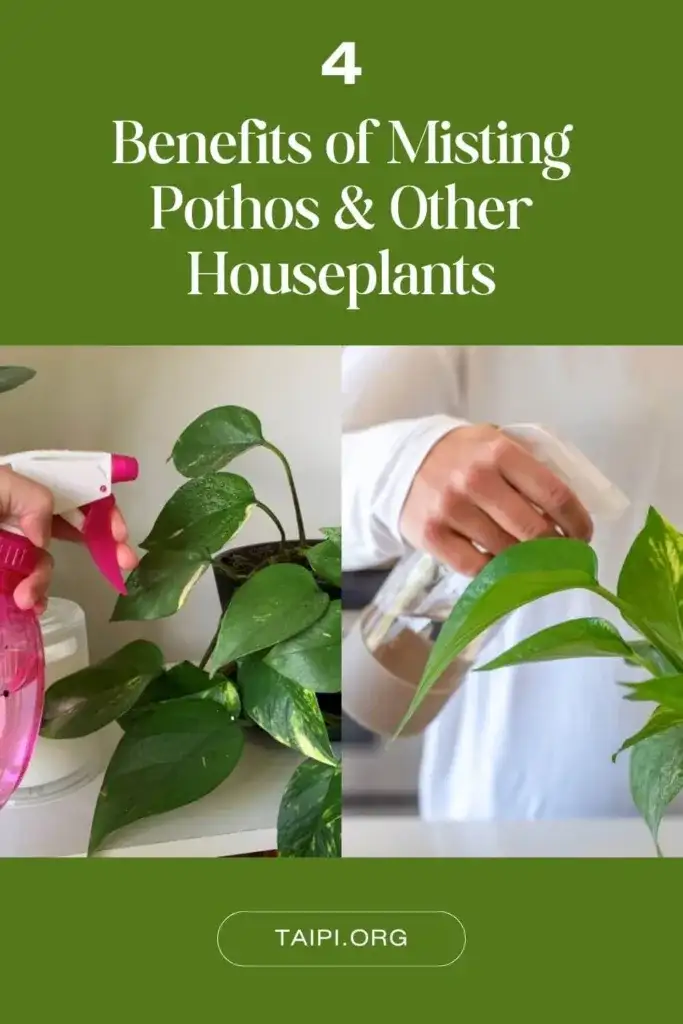
Although pothos does not like to be misted, the practice can offer some benefits to the plant. But, if you still go ahead with the practice, here are some potential benefits you’d expect:
1. Increased Humidity
Pothos plants are native to tropical regions and naturally thrive in environments with higher humidity levels. Misting can temporarily increase the humidity around the plant, which can help them greatly, especially in dry indoor environments.
2. Dust Removal
Misting can help remove dust and debris from the leaves of the Pothos plant, keeping them clean and allowing for better photosynthesis.
3. Foliar Uptake of Water
While Pothos primarily absorbs water and nutrients through its roots, misting can facilitate some water absorption through the foliage, especially if the plant’s roots are not adequately hydrated.
4. Cooling Effect
Misting can have a cooling effect on Pothos plants, particularly during hot weather or in environments with high temperatures. The water evaporating from the leaves can help dissipate heat and keep the plant cooler.
PS. However, it’s important to mist Pothos plants judiciously and not to overdo it. Excessive moisture on the leaves can lead to problems such as fungal diseases, rot, or leaf damage, especially if the plant doesn’t dry out properly between mistings.
How Often Should You Mist Pothos If You Have To?
If you still decide to mist your Pothos plant occasionally, you can do so every few weeks or whenever you notice the air in your home is particularly dry.
However, it’s important to monitor the plant closely and avoid misting too frequently.
Instead of relying on misting, you can provide humidity through other methods. Some of these methods include:
- A humidifier
- A tray of water and pebbles beneath the pot
- Grouping plants to create a microclimate with higher humidity levels
Ultimately, the frequency of misting depends on the specific environmental conditions and the needs of individual plants.
Observing the plant’s health and response to its environment will help you determine whether misting is necessary and how often it should be done.
Even after looking at all those things about misting a pothos plant, you may still have some concerns. Here are some of them:
Is Misting Pothos with Cold Water Harmful?
Misting Pothos with cold water can shock the plant, especially if the water is very cold. It’s best to use room temperature or slightly warm water when misting to avoid stressing the plant.
Can I Mist My Pothos at Night?
Misting your Pothos at night is generally fine as long as the plant has enough time to dry before temperatures drop significantly. It’s advisable to mist earlier in the day to allow the foliage to dry before cooler evening temperatures set in.
Should I Mist Pothos Cuttings?
Misting Pothos cuttings can help maintain humidity levels and prevent them from drying out before they establish roots. However, you should only mist your pothos sparingly to avoid excessive moisture, which can lead to rot.
Can I Mist Pothos with Fertilizer?
It’s generally not recommended to mist Pothos with fertilizer. To avoid potential damage to the foliage or roots, it is advisable to apply fertilizer directly to the soil. Over-fertilizing can also lead to nutrient burn or other issues.
Compare: Best Fertilizer for Snake Plant
Can I Use Distilled Water for Misting Pothos?
You can use distilled water to mist your pothos plant without any problem. Distilled water is free of minerals and additives found in tap water, which can sometimes accumulate on the leaves over time.
However, using tap water is generally fine as long as it’s not excessively hard or treated with chemicals harmful to plants.
Does Pothos Like to Be Misted FAQs
Question: Does pothos require misting for optimal growth?
Answer: Pothos plants do not require misting for optimal growth. While misting can temporarily increase humidity levels around the plant, Pothos is generally adaptable to average indoor humidity levels.
Question: How often should I mist my pothos plant?
Answer: Misting Pothos plants is not necessary as part of their regular care routine. If you choose to mist occasionally, do so sparingly, perhaps every few weeks or when the air in your home is exceptionally dry.
Question: What are the risks of over-misting pothos?
Answer: Over-misting Pothos can lead to problems such as fungal diseases, rot, or leaf damage. Excessive moisture on the leaves can create conditions conducive to pathogens and pests, so it’s important to avoid misting too frequently.
Question: Are there alternatives to misting for increasing humidity around pothos?
Answer: Yes, there are alternatives to misting for increasing humidity around Pothos plants. Options to increase humidity levels include using a humidifier, setting up a tray filled with water and pebbles beneath the plant pot, or clustering plants together to foster a microclimate characterized by elevated humidity.
Question: How can I tell if my pothos plant needs more humidity?
Answer: Signs that your Pothos plant may need more humidity include wilting leaves, brown leaf edges, or browning leaf tips. However, these symptoms can also indicate other issues such as overwatering or inadequate light, so it’s essential to consider all factors when assessing your plant’s health.
Does Pothos Like to Be Misted? My Final Thoughts
While misting can offer temporary relief for Pothos, it’s not necessary for the plant’s care routine. Pothos generally thrive in environments with moderate humidity levels and can adapt well to various conditions.
Occasional misting may indeed provide a refreshing boost. However, my expert view is that if you ensure proper watering, adequate light, and a well-draining soil mix, you may not need to mist your pothos plant.
Overall, while pothos can tolerate occasional misting, it’s not a crucial part of their care routine, and you should be cautious not to overdo it.

